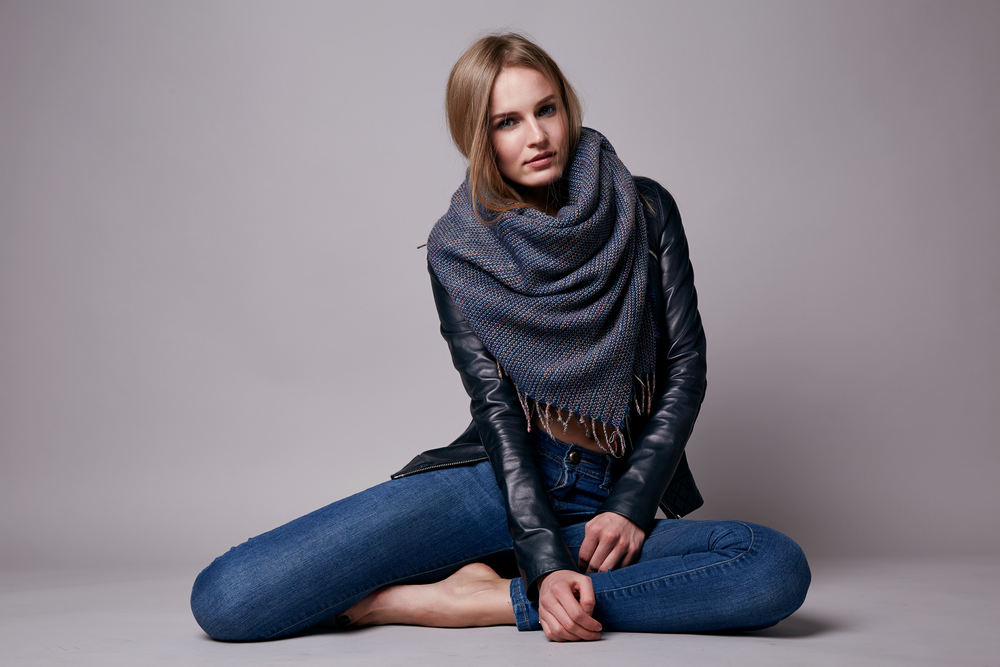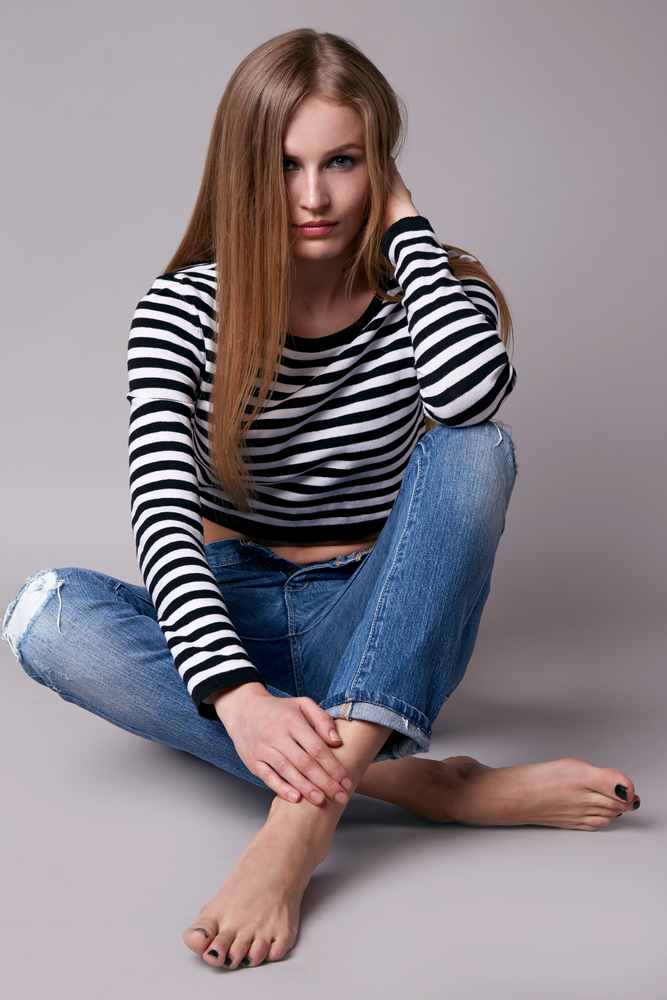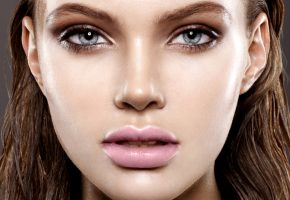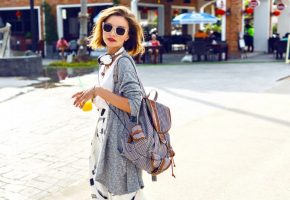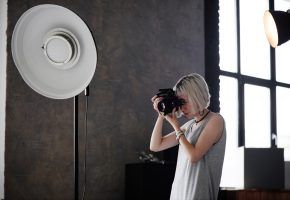What is Clothes Modelling?
Clothes modelling is associated with brands and designers who use models to promote their designs. The term covers a broad area of high fashion, commercial fashion, plus-size fashion, petite fashion and so on. Clothes modelling relates to women, men, teenagers, children and babies who are all required to showcase the design on a human physique. Product shots, campaigns and TV commercials feature models whose main purpose is to promote the clothing from the brands and designers alike. From Dior to H&M to Very use clothes models to market their product to a worldwide audience.
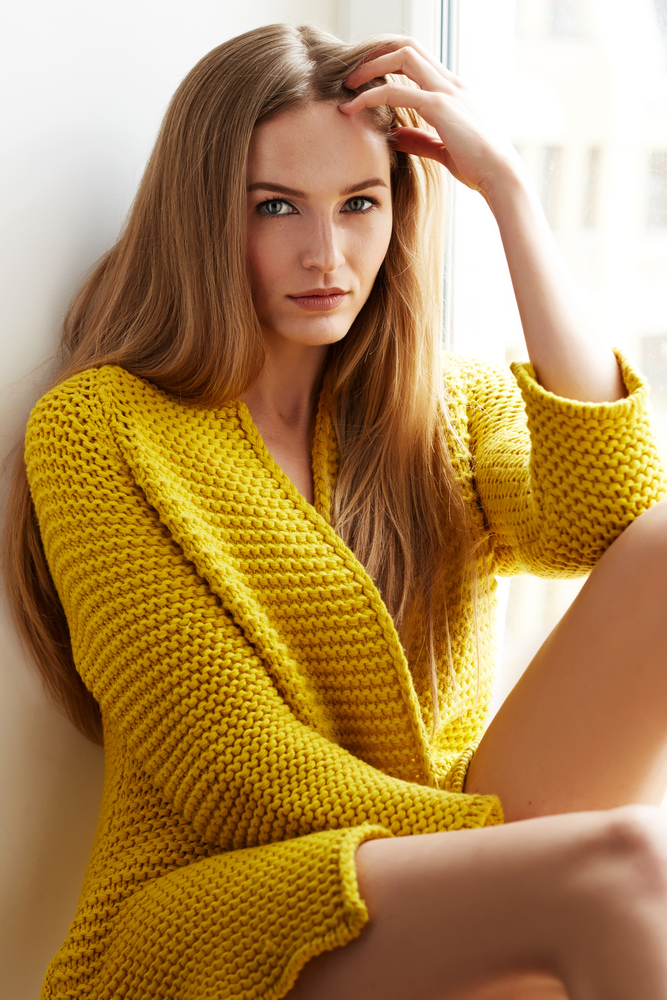
The fashion industry is separated into categories, which shapes the modelling field also. At the top of the scale is high fashion followed by commercial brands and catalogue companies. The elite designers supply expensive couture and ready to wear pieces that are only fitted and modelled by tall, slim physiques. The boundaries are challenged regularly by influential figures who believe a broader scope must be represented on the catwalks of Milan, Paris and New York. Few instances have succeeded with plus-size and disabled models featuring on the runway yet there remains a long way to develop and strict guidelines still remain as the ‘norm.’ French laws have also challenged designers and have set a legislation that ensures that a healthy physique walks the catwalk. However, agencies who cater and supply models to this part of the clothes model industry will scout tall individuals, with a slender build and unique features.
The commercial clothing industry covers a wide spectrum with less restrictions and stipulations. The commercial umbrella covers high street brands, catalogues, plus size labels, petite collections and maternity models; a more realistic perception of society if you like. To appeal to a wide market and expand their appeal an accessible look is desired with natural, even features. Usually a commercial agency is separated into various niches and specialisms as the demand is so high. Therefore, you will find a plus-size sector, menswear division, a children’s agency and so on; the list is endless.
If you are interested in becoming a clothes model it is important to figure out what niche you fall into. Having realistic expectations and goals will ensure that you are less disappointed and aiming towards the correct path. Continually approaching the wrong agencies will not be beneficial to your career yet realising your potential and attributes and matching to the correct niche will be more more rewarding. The fight for change remains powerful yet to make a positive impact it is important to be experienced and an influential figure. Take Ashley Graham for example she is a plus-size model and a body activist also fighting for curvaceous figures to be represented in high fashion.Yet for her voice to be heard and listened to she has taken many roles that she could to build her name up and begin her very poignant campaign. Along with other voluptuous models their fight for change is effective and strong yet the narrow minded, discriminative minds are difficult to shift permanently. Token features are regularly happening but will this dramatically affect the clothing industry?
